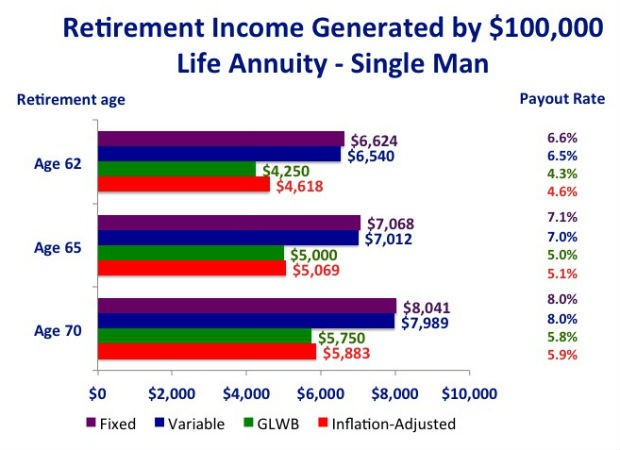Diversify Your Taxes For Retirement CBS News
Post on: 16 Март, 2015 No Comment

Last Updated Apr 4, 2009 5:27 PM EDT
It’s coming up on April 15th. And after seeing how much I paid in taxes last year, I am always thinking of ways I can legitimately pay less.
Sometimes, tax planning requires you to take action many years before an actual tax is due. This is especially true for retirement planning. So even if your retirement is 10, 20 or more years down the road, there are things you can do today that will pay off in retirement.
One of the most important strategies to implement is something called tax diversification. This means contributing your retirement savings into accounts that will be subject to different tax rates in retirement.
Why would you want to do this? Because tax rates change all the time and you can’t be sure how Uncle Sam will treat you when you are 65. Thus, having multiple types of accounts gives you flexiblity to choose the lowest tax rate.
There are basically three different types of taxable investment accounts that you can own.
- Tax-deferred. Traditional 401(k) s and IRAs are tax-deferred accounts. These accounts allow you to receive an income tax deduction for your contributions, allow the earnings to grow tax deferred, but tax all distributions as ordinary income in retirement.
- Tax-free. Roth IRAs and Roth 401(k)s are tax-free accounts. These accounts don’t permit you to take a deduction for your contributions, but all future earnings and distributions are tax-free.
- Taxable. Basic brokerage and investment accounts are taxable. They do not allow a deduction for contributions, and all earnings and gains are subject to tax when realized.

If you fund these three types of accounts, once you retire you can pick and choose how you want to be taxed.
For instance, if income tax rates are low, then you may want to take money from your tax deferred 401(k) or IRA. If rates go up, then you may want to use your non-taxable Roth 401(k) or Roth IRA. Or if capital gains taxes are favorable, you may want to sell assets in your taxable account.
Start diversifying your taxes early, because it can take some time to build meaningful balances in these accounts.
It is easier to do than you might think. If your retirement plan offers a Roth 401(k) feature, you can choose to split your contribution between the traditional and Roth parts of the plan. Once you have fully funded your 401(k), any extra savings can go to your taxable account.
As with all tax issues, make sure you consult your individual tax advisor regarding your particular circumstances.
2009 CBS Interactive Inc. All Rights Reserved.














